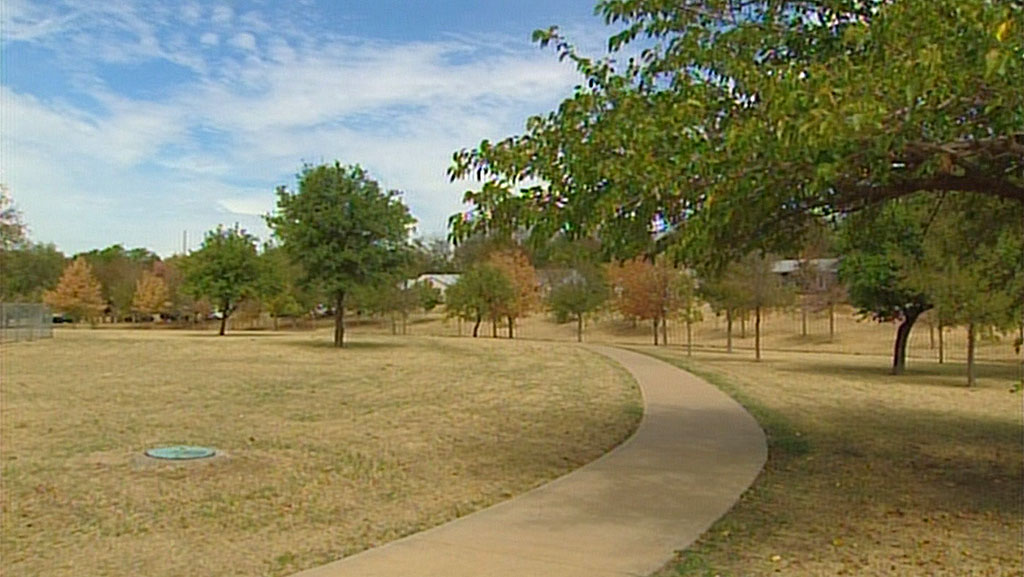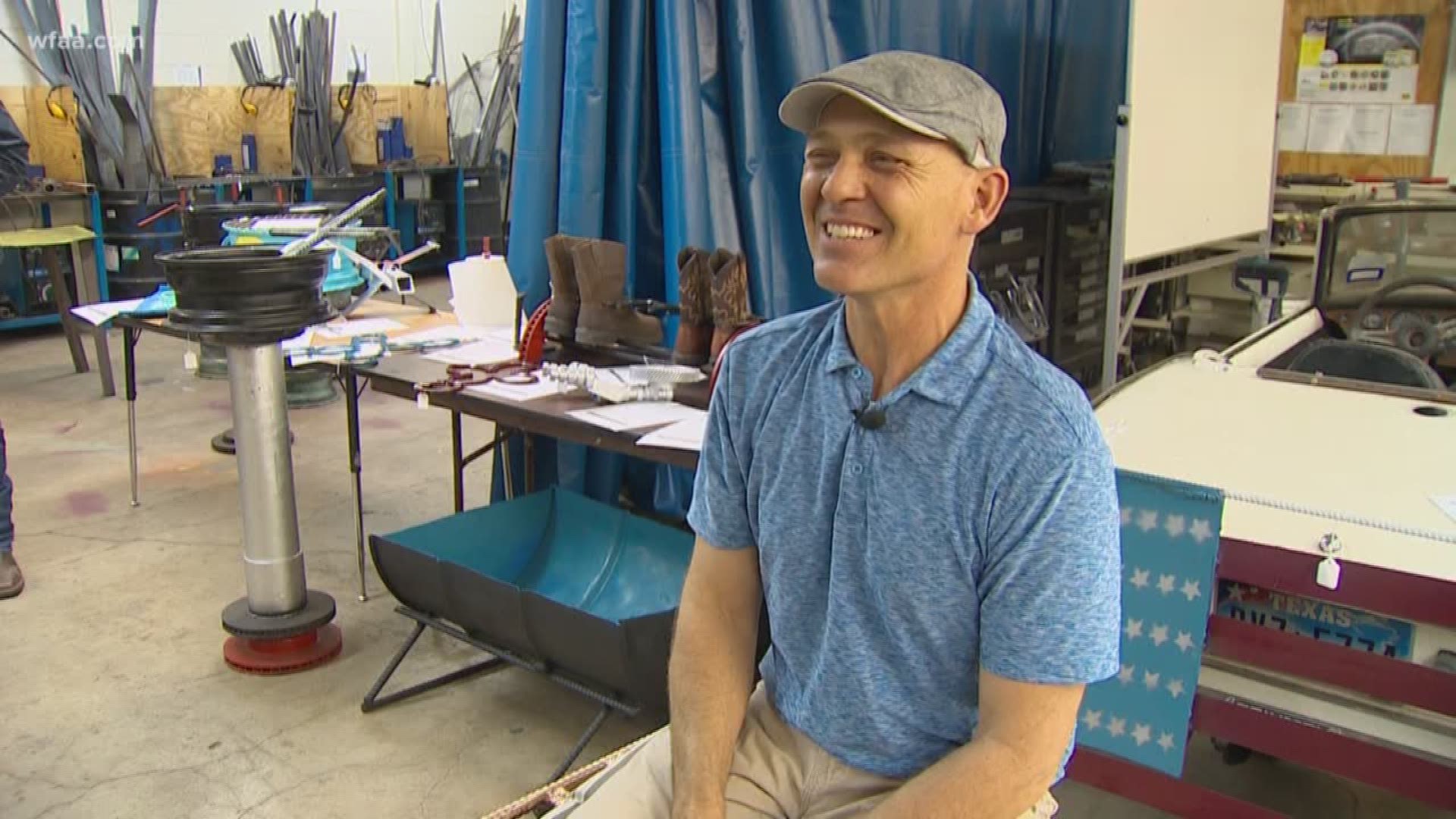FORT WORTH Thousands of North Texas trees are at risk of dying because of the drought. Fort Worth's city forester says up to 500 trees in city parks are in danger, and homeowners are watering to the legal limits to save the trees they can.
Walter Barber's magnolia tree has weathered three generations of extreme North Texas summers.
This is the marker. This is it. Many a kid has climbed that tree right there, Barber said.
His house was built in 1931, and the tree has been there ever since. But now it's losing leaves and is no longer providing any shade.
Barber wrapped the base with soaker hoses that run on approved watering days. He's determined to save what's left of the waxy leaves and the tree itself.
There's not much you can do except fight the drought, Barber said.
Fort Worth City Forester Melinda Adams is trying to save thousands of trees. With creek beds close to empty, and 71 days of temperatures at or over 100 degrees, the drought has baked the leaves and trunks of more than 500 trees in city parks.
Normally only 200 trees die in a given year.
In those high temperatures, day after day after day, it did... it literally cooked the cells, Adams told News 8.
She says the most stressed trees are red oaks, maples, and American elms. Parks workers are marking questionable trees for further inspection. Dead trees will be removed, and that could cost the city $50,000.
The forestry team is watering newer trees and asking volunteers to adopt and rescue others that are stressed. Several volunteers are already caring for 2,000 trees in parks and rights of way around the city.
Once water restrictions are lifted, the city will replace the dead trees with pecans, live oaks and bur oaks.
They're just meant to survive in this environment, Adams explained. They're one of our native species; they grow along the Trinity.
Adams said homeowners can check their trees by bending small branches or limbs. If they are flexible, they might still be alive.
Tree-owners can also strip away a tiny section of bark from a limb. If there is a hint of green, the tree just needs more water.
The city may not know the full damage from the 2011 drought until next spring. Trees that don't bloom will have to be removed.
E-mail cnorton@wfaa.com


